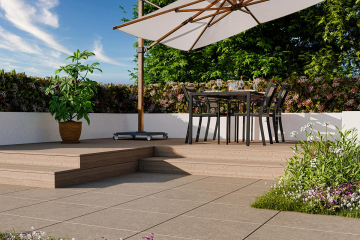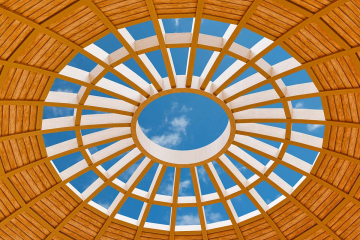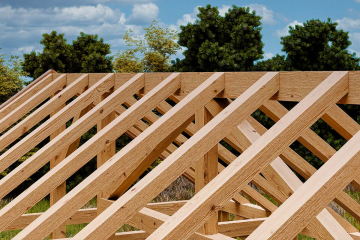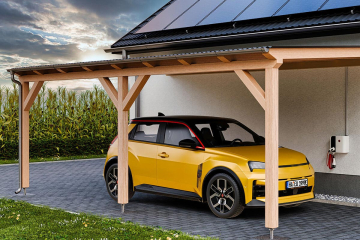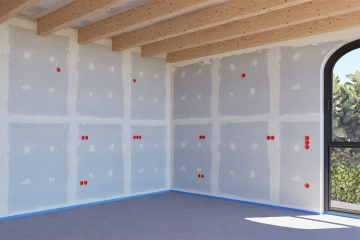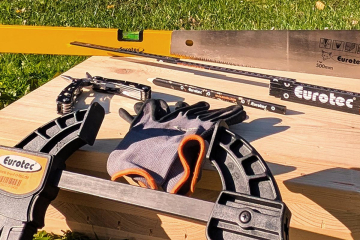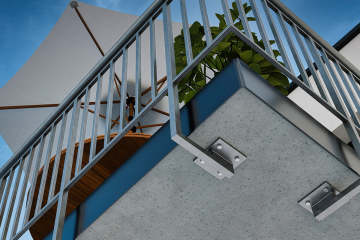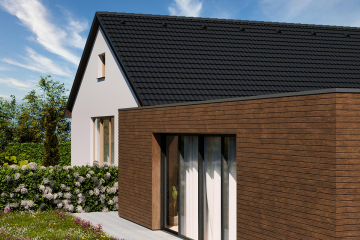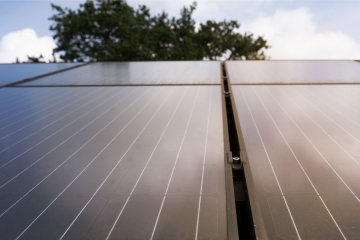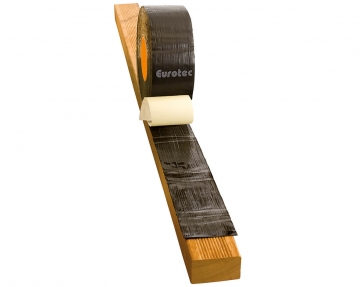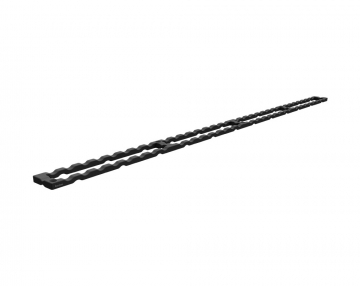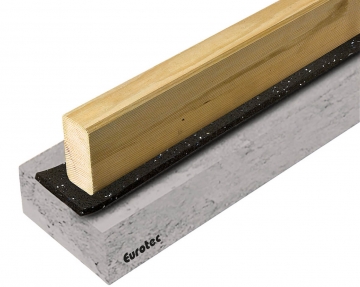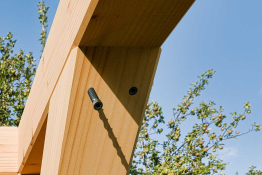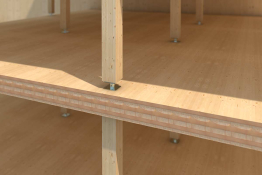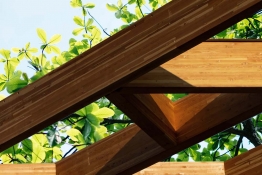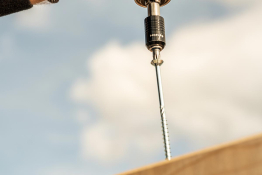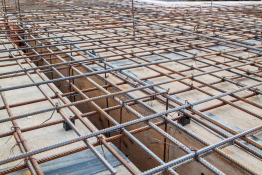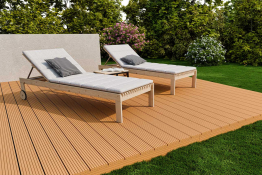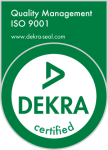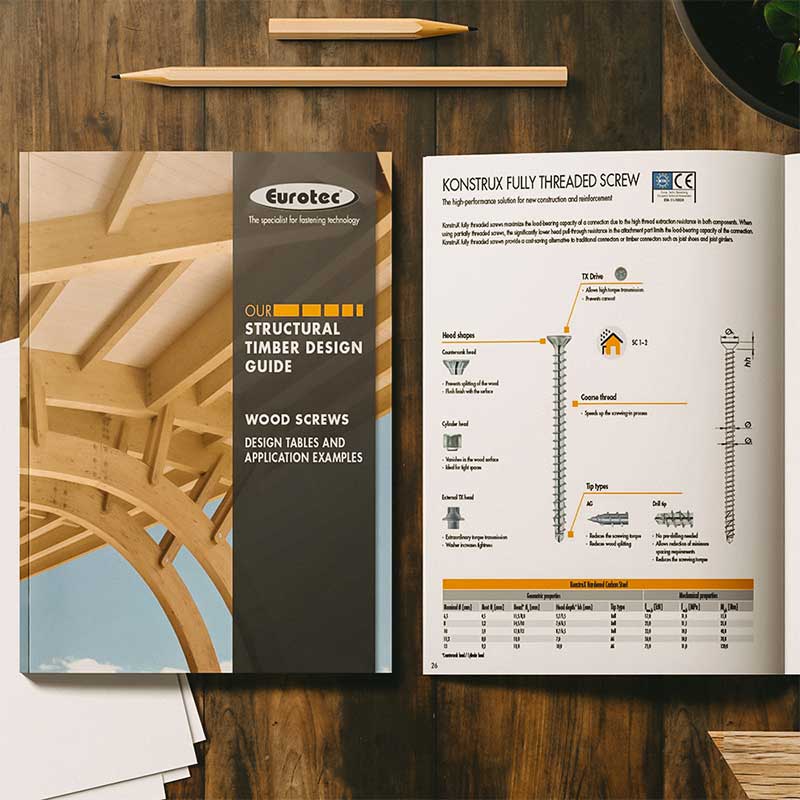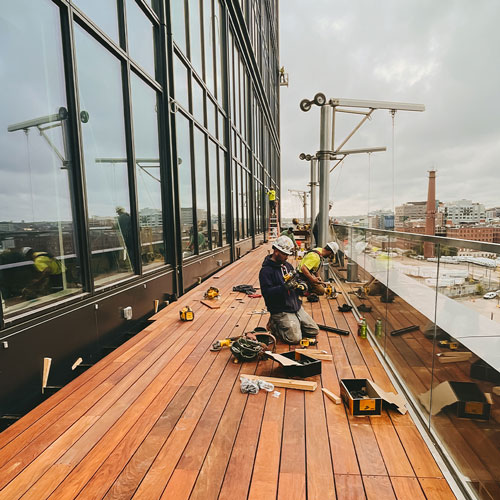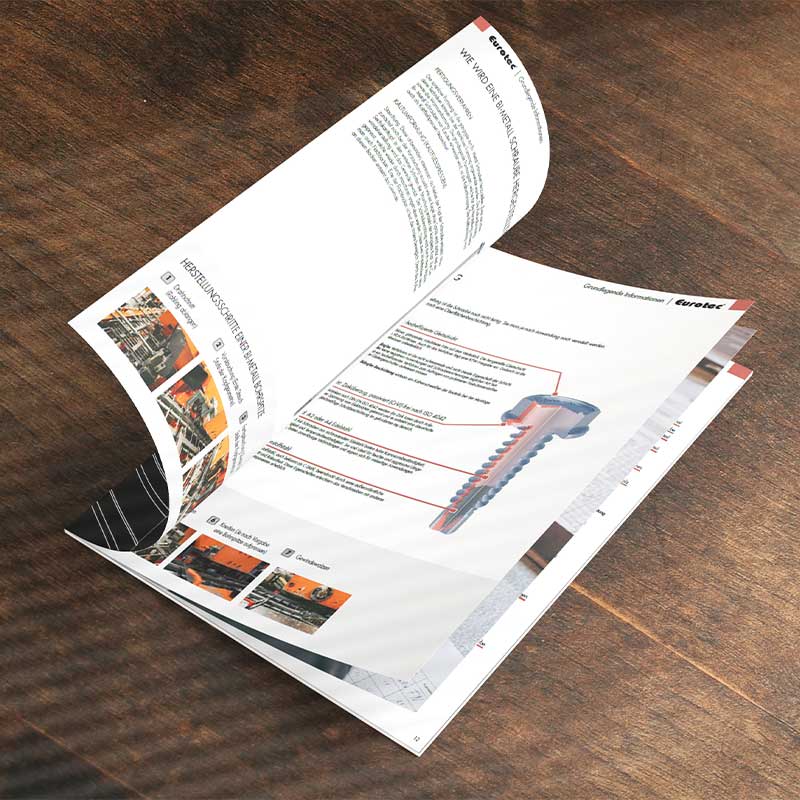Deck made of WPC, stone or wood?
Last updated: 28 October 2025
What types of decking are available and how are they installed?
Outdoor flooring is just as important as indoor flooring. When it comes to deck flooring in particular, it is important to choose the right type. But which decking is best? There is a wide range of options to choose from: stone slabs or tiles, modern composite materials or classic wood? Here you can find out everything you need to know about the individual materials, their properties, installation options and everything else you need to consider.
TOC: Stone terraces | Wooden terraces | Wood protection | Visible and hidden fastenings | WPC terrace
Stone terraces
If you want to install a stone terrace, you can do so easily with the Stone System – of course, the right preparations for the substructure is still essential. The multifunctional installation system significantly reduces the effort required for deck construction. Special clips such as the Stone Edge Clip or Flex Stone Clip are clicked onto the Eurotec aluminium system profiles, allowing the corresponding stone slabs to be laid easily. When the clips are used and arranged correctly, joints are automatically formed between the individual slabs, which in turn proves to be a time-saving method of creating an even joint pattern. The centre-to-centre dimensions of the substructure profiles should always be taken into account when laying stones and, if necessary, confirmed with the manufacturer.
There is a wide range of stone types to choose from for stone decks – these are usually selected to match the overall aesthetic appearance and colour scheme of the building and garden.
A concrete deck has many advantages and disadvantages:
Advantages:
-
Inexpensive to produce, therefore affordable to purchase
-
Easy to maintain and durable surface
-
Robust and weather-resistant
-
Wide range of formats and colour options
-
Wide range of formats and colour options
-
Easy to lay
Disadvantages:
-
Dark slabs tend to heat up in the sun
-
Heavy weight
-
Thicker slabs
Another option for creating a stone deck is natural stone tiles made of porcelain stoneware – these are also ideal for terraces.
Advantages:
-
Weather-resistant
-
Low weight
-
Durable
-
Resistant to UV radiation
Disadvantages:
-
Time-consuming cutting and laying of the tiles
-
Dark tiles tend to heat up in the sun
-
Expensive purchase
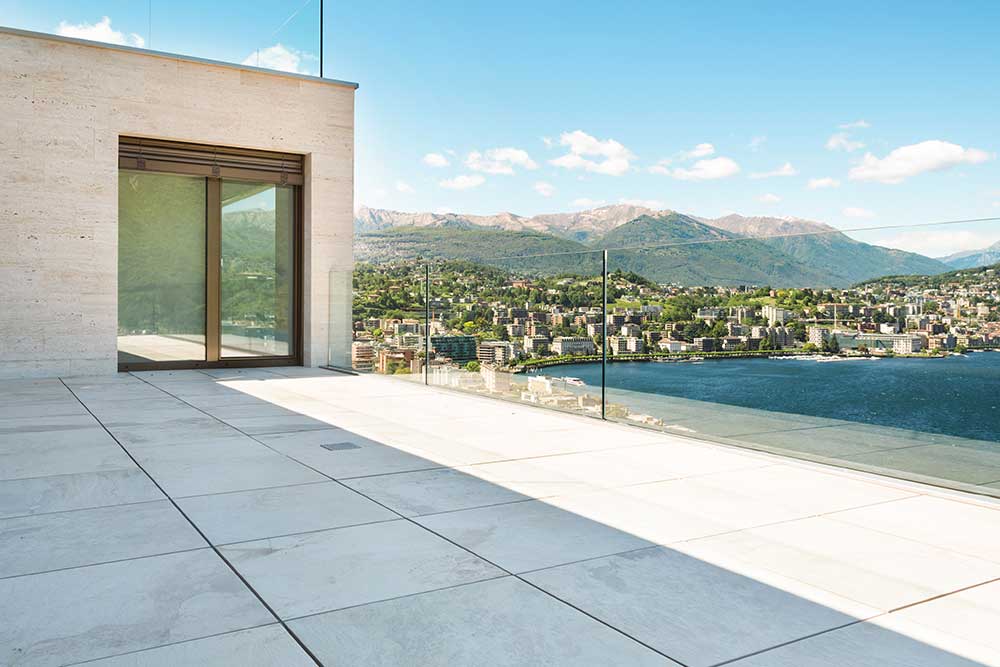
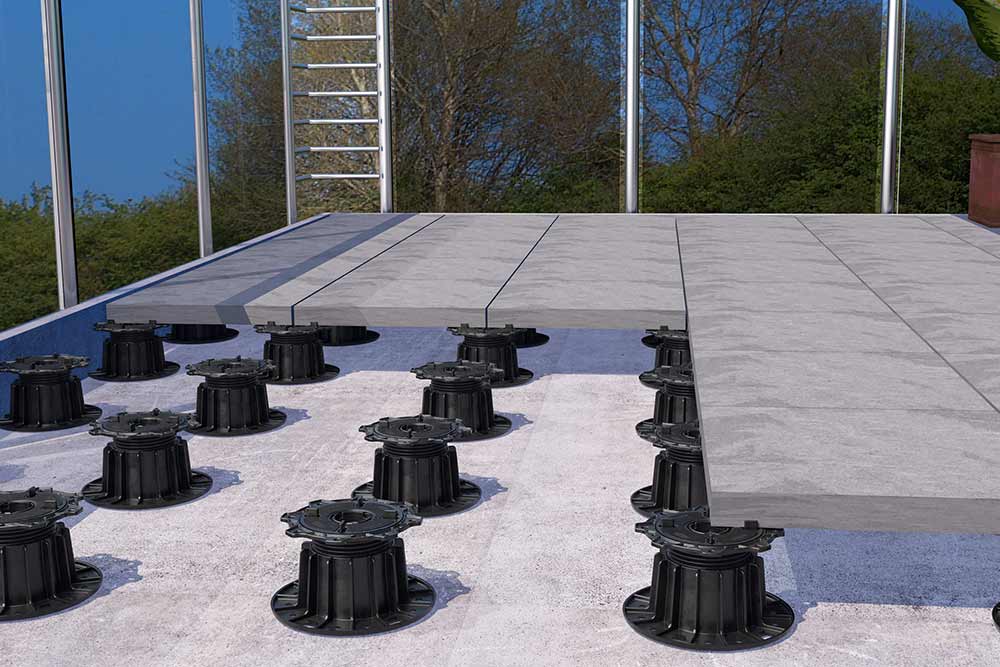
Wooden deck
A wooden deck offers a inviting and warm atmosphere and adds a certain coziness to any outdoor space. It’s important to choose high-quality wood to ensure the decking lasts for many years. Each wooden board has its own unique appearance, giving the deck a distinctive charm.

Important:
If you want to be on the safe side when choosing the type of wood, it is best to use domestic wood. This avoids long transport routes. With tropical woods, the problem clearly lies in overexploitation, therefore, be sure to look for the FSC label when purchasing. Ask your local lumber dealer for advice!
Depending on your preferences, the substructure of a wooden deck can be made of either wood or aluminum. To ensure the structural protection of a wooden substructure, we offer a range of products in our portfolio that support and extend the life of the construction.
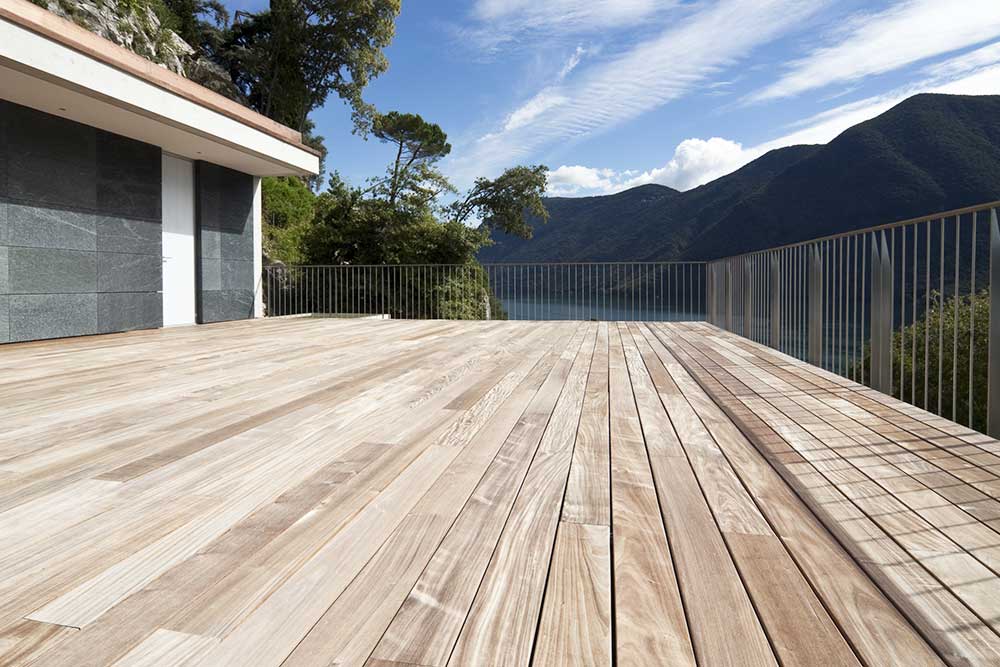
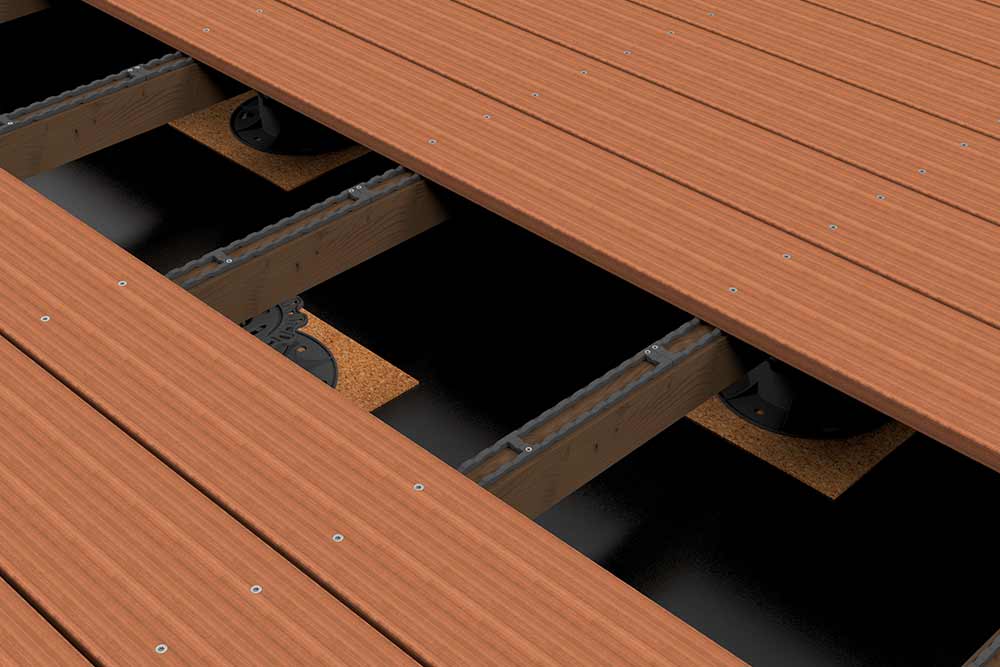
Discover suitable wood protection products
There are two different options for screwing down the boards: visible (direct) or invisible (indirect) fastening. With direct fastening, the screw is placed directly on top of the decking board and screwed into the substructure. The screw heads are flush with the surface of the decking board. Our decking screws, such as Terrassotec or profile drill screws, are suitable for this purpose.
Practical clips and board holders are used in conjunction with indirect screw fastening of decking boards. Board holders such as decking glides are screwed onto the back of boards without grooves and simply attached to the system profile or support beam at the remaining protrusion. The T-Stick is advantageous for insertion into boards with grooves. This ensures an automatic installation height and, at the same time, a ventilated substructure.

Please note: When using concealed fastenings, it is particularly important to choose the right type of wood. It must be suitable for the method used, as wood is a living material – wood shrinks when dry and expands when it absorbs moisture. Therefore, attention should be paid to the moisture content of the wood in this case. This should be around 16% on average. This also applies to the joint pattern: joints should therefore not be too close together, as this can cause excessive tension in the wooden floorboards and prevent air from circulating properly.
Here you can learn more about the different types of wood and the corresponding fastening methods.
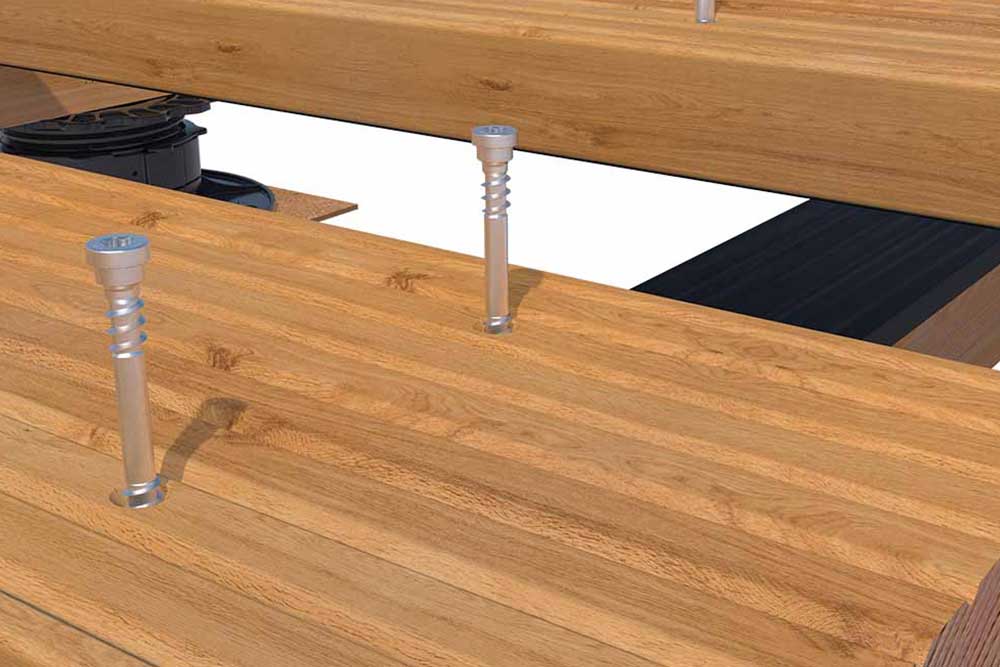
Visible screw connection with Terrassotec
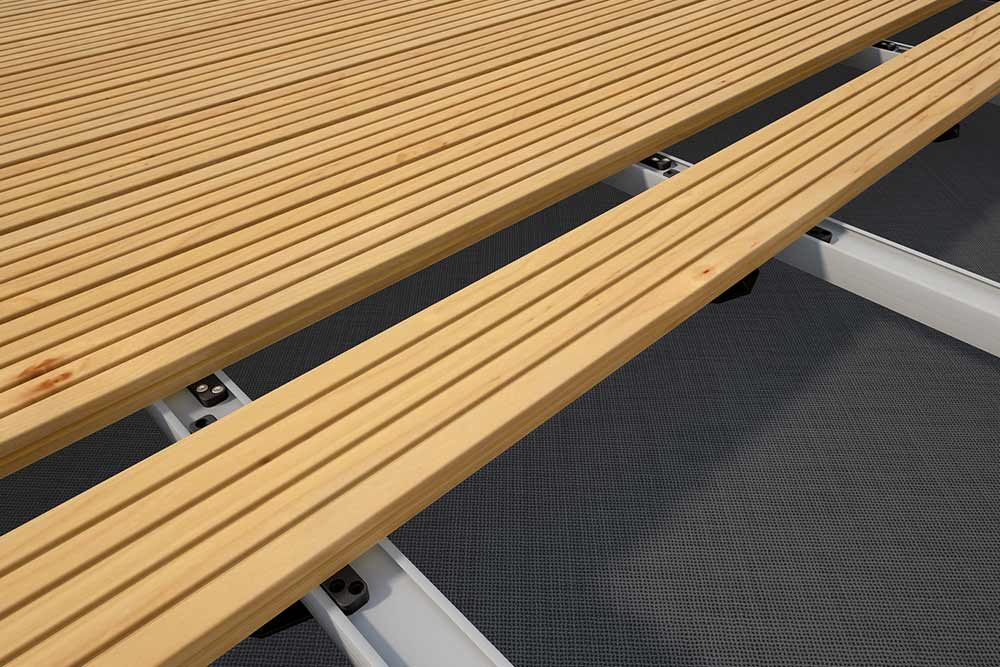
Hidden mounting with the deck glider
Which fastener is right for my wood?
Here in our decking catalog, you can find information about the different types of screw steel according to their corrosion resistance.
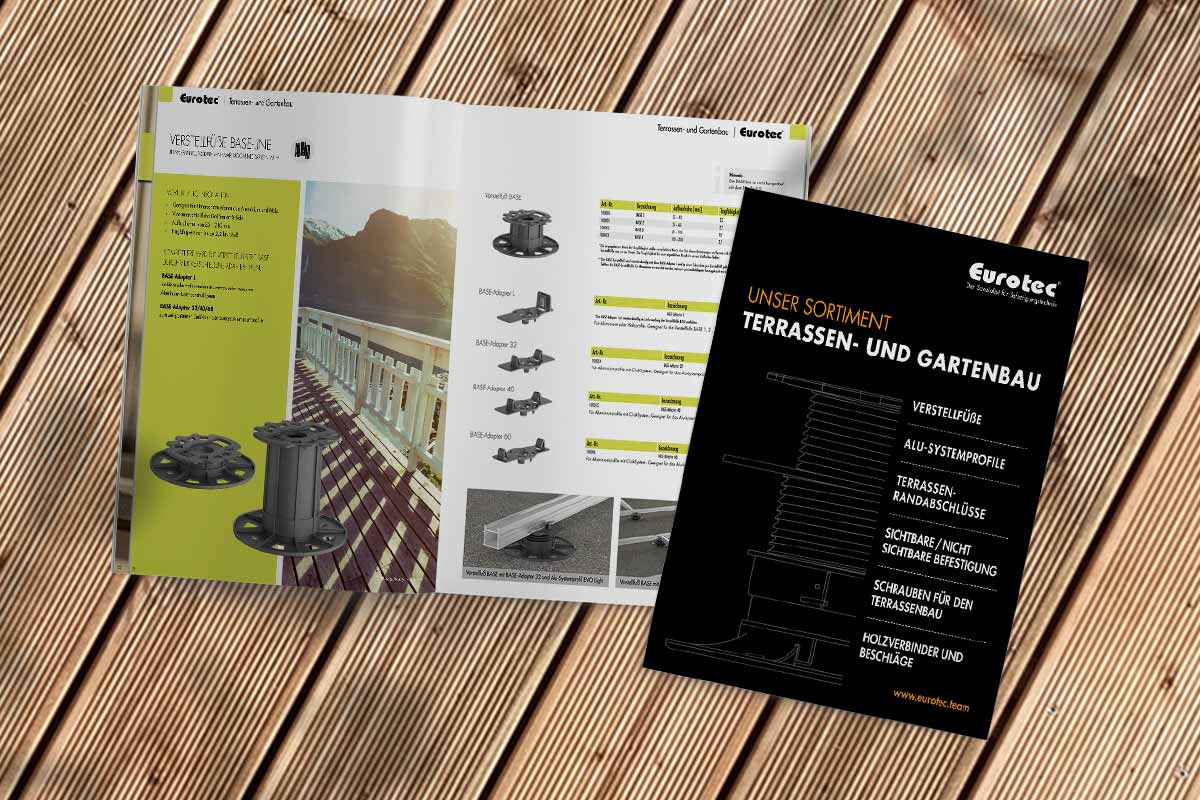
WPC decking
WPC decking boards are an ideal alternative to stone slabs or pure wood boards for outdoor use: they resemble wood, are easy to maintain, and are highly durable.
WPC boards are made of a wood-plastic composite material. The term WPC is derived from “Wood Plastic Composites.” To be more precise, this means that the composite material is made up of different proportions: it contains 50–70% wood fiber or wood flour (depending on the manufacturer), a small proportion of thermoplastic (propylene), and additives that improve the properties of WPC. Additives include color pigments, UV stabilizers, fire-retardant components, and fungicides. Due to the wood content, WPC decking has a natural wood look and therefore closely resembles wooden decking.
With WPC, it is also possible to fix individual boards to the terrace substructure in a visible or invisible manner. Terrace screws such as Hapatec or board holders such as the Twin system holder can be used for this purpose. Board holders disappear under the terrace boards and are no longer visible to the naked eye.
Advantages:
-
Dimensionally stable and robust
-
Permanent color stability and durability
-
Wide range of colors and looks
-
Weather-resistant
-
No risk of injury or splinters, therefore good for walking barefoot
-
Low maintenance
-
Low expansion
Disadvantages:
- High energy and raw material consumption
- Heat up significantly in sunlight
- Hollow chamber boards can cause problems in extreme weather conditions
- Hollow chamber decking is often inexpensive but not durable
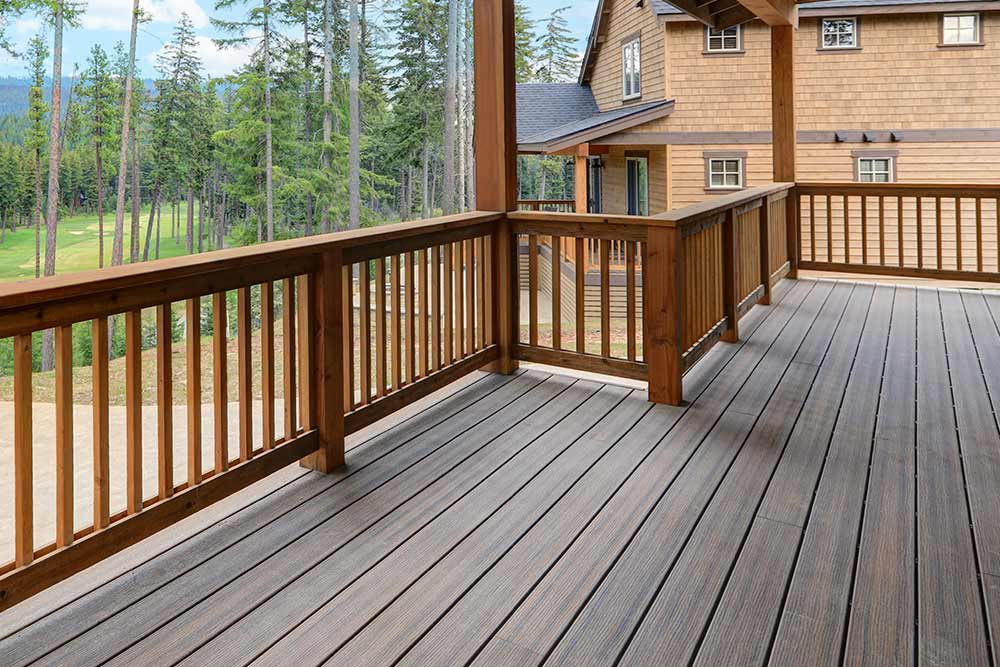
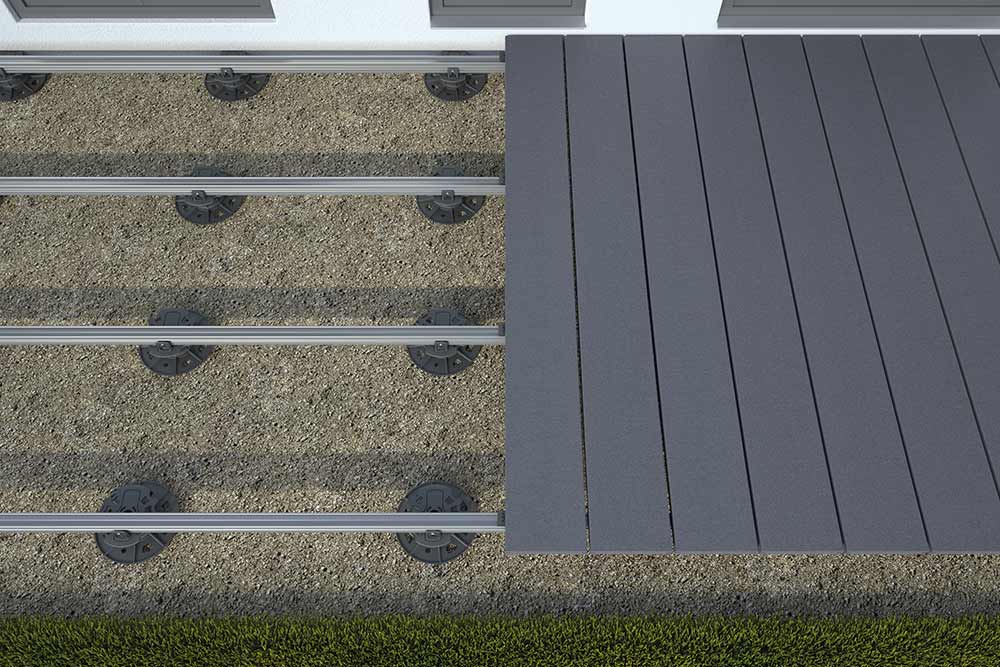
There is a wide range of suitable decking materials available on the market, so anyone planning a decking project is sure to find what they are looking for. However, it is also important to choose the right fastening system. Whether you opt for visible or invisible screw connections for aluminum or wooden structures, it all depends on which decking boards you ultimately choose. With the right substructure and the appropriate connectors, clips, or spacers from Eurotec, you can install decking boards safely and easily.
Media library
Other technical articles
Here you’ll find more technical articles with comprehensive content you need to know on the construction site or for individual projects—whether you’re just getting started or already have years of experience.


 Deutsch
Deutsch  English
English  Dansk
Dansk  Español
Español  Italiano
Italiano  Français
Français  русский
русский  Polski
Polski 